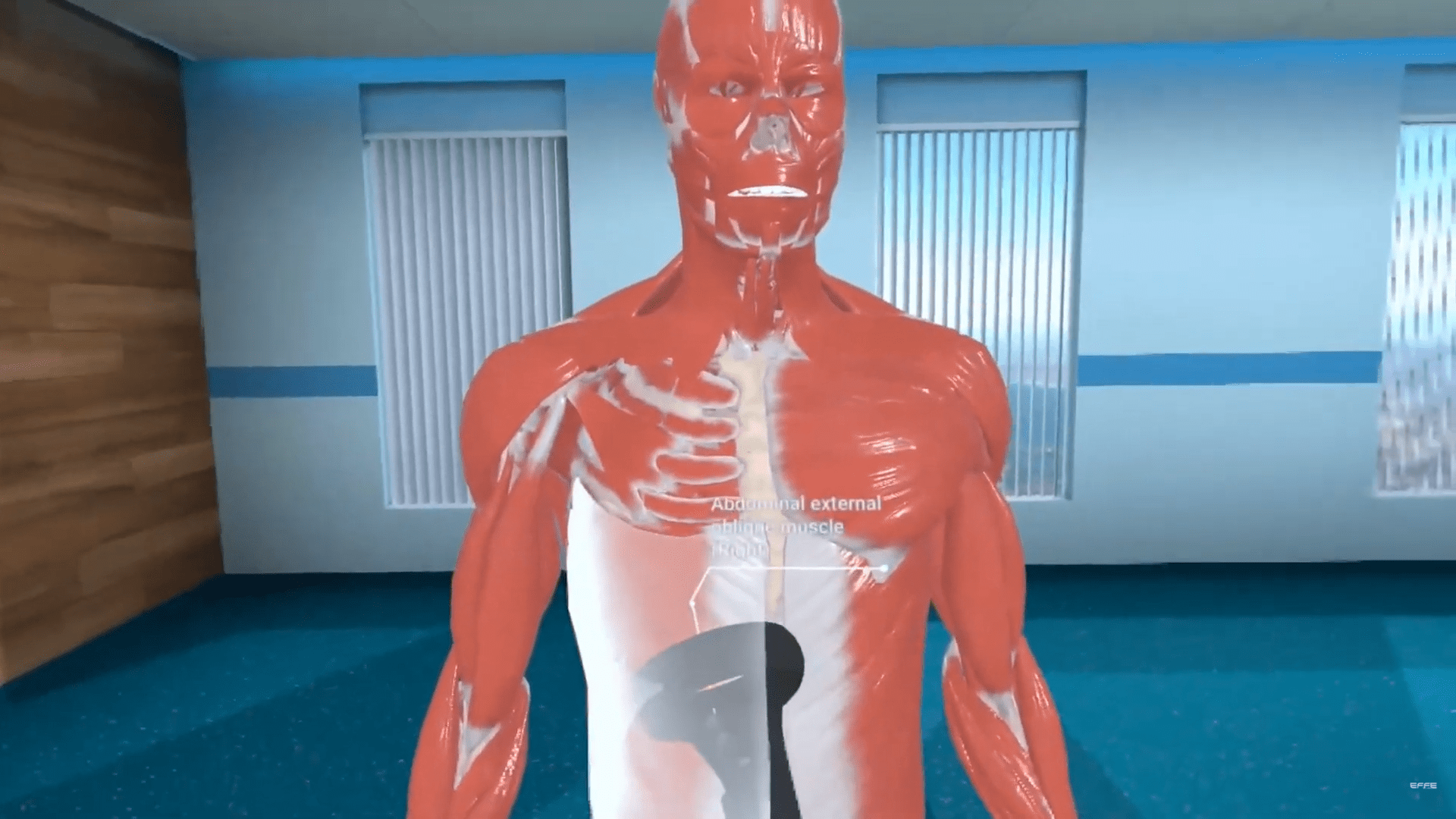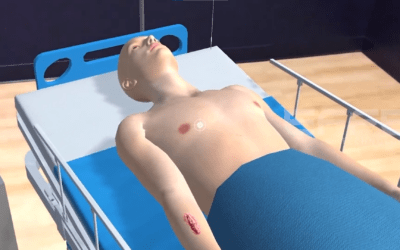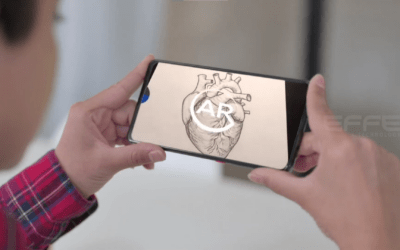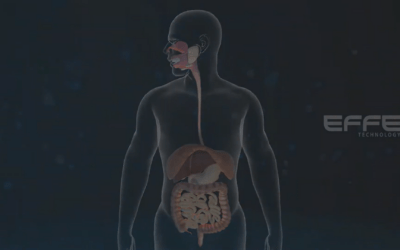Project Brief
EFFE Technology is transforming education with an advanced Virtual Reality (VR) solution for exploring human anatomy. This groundbreaking tool provides a fully interactive, immersive platform for students, educators, and medical professionals to delve into the complexities of the human body in a way that traditional methods cannot match. With features like 3D anatomical models, real-time interactivity, and multi-layered exploration, this VR Human Anatomy application sets a new standard for learning, bridging the gap between theoretical knowledge and practical understanding.
Client Requirement
The client, a prestigious medical educational institution, aimed to upgrade its existing anatomy learning resources to better suit modern educational needs. Traditional methods such as textbooks, static 2D illustrations, and physical models failed to provide a dynamic and engaging learning experience.
The client’s key requirements included:
• A comprehensive and immersive VR Human Anatomy learning tool for students and faculty.
• Accurate and detailed 3D anatomical models that represent human organs, muscles, bones, and systems.
• The ability to interact with models in real-time, including zooming, rotating, and exploring cross-sections.
• Remote accessibility to support both in-classroom and distance learning scenarios.
• Compatibility with popular VR devices and desktop platforms to ensure scalability and usability across different setups.
This innovative VR Human Anatomy tool aimed to improve engagement, retention, and accessibility in anatomy learning while addressing the challenges of conventional methods.
Project Planning, Strategy, and Our Process
Planning:
The project began with an in-depth consultation with the client to identify their specific needs, end-user expectations, and operational challenges. A roadmap was established to ensure alignment with the client’s educational goals, including milestones for development, testing, and deployment.
Strategy:
- Content Collaboration: Partnered with medical experts to guarantee the accuracy of 3D models and animations, ensuring compliance with educational standards.
- Technical Foundation: Built the VR Human Anatomy application on a scalable VR framework that supports high-quality rendering, intuitive navigation, and seamless performance across devices.
- User-Centric Design: Prioritized ease of use with intuitive controls, clear labeling of anatomical structures, and support for a guided learning mode.
Process:
• Phase 1: Research and Content Development
o Collaborated with subject matter experts to design anatomically accurate 3D models, covering organs, bones, muscles, and body systems.
o Segmenting complex structures into interactive layers, enabling users to explore systems (e.g., skeletal, muscular, nervous) individually or in combination.
• Phase 2: VR Application Development
o Created an immersive interface with features like zooming, rotating, and disassembling models for detailed examination.
o Integrated animations to demonstrate physiological functions such as blood flow, muscle contraction, and neural transmission.
o Added an interactive quiz module for students to test their knowledge in real-time.
• Phase 3: Testing and Optimization
o Conducted rigorous testing with medical students and faculty to identify usability issues and gather feedback.
o Fine-tuned navigation, labeling, and performance for a seamless user experience.
• Phase 4: Deployment and Training
o Delivered the VR Human Anatomy application along with a comprehensive guide and live training sessions for instructors.
o Ensured the system was ready for integration into classroom and remote learning environments. Visit Our Partner Site
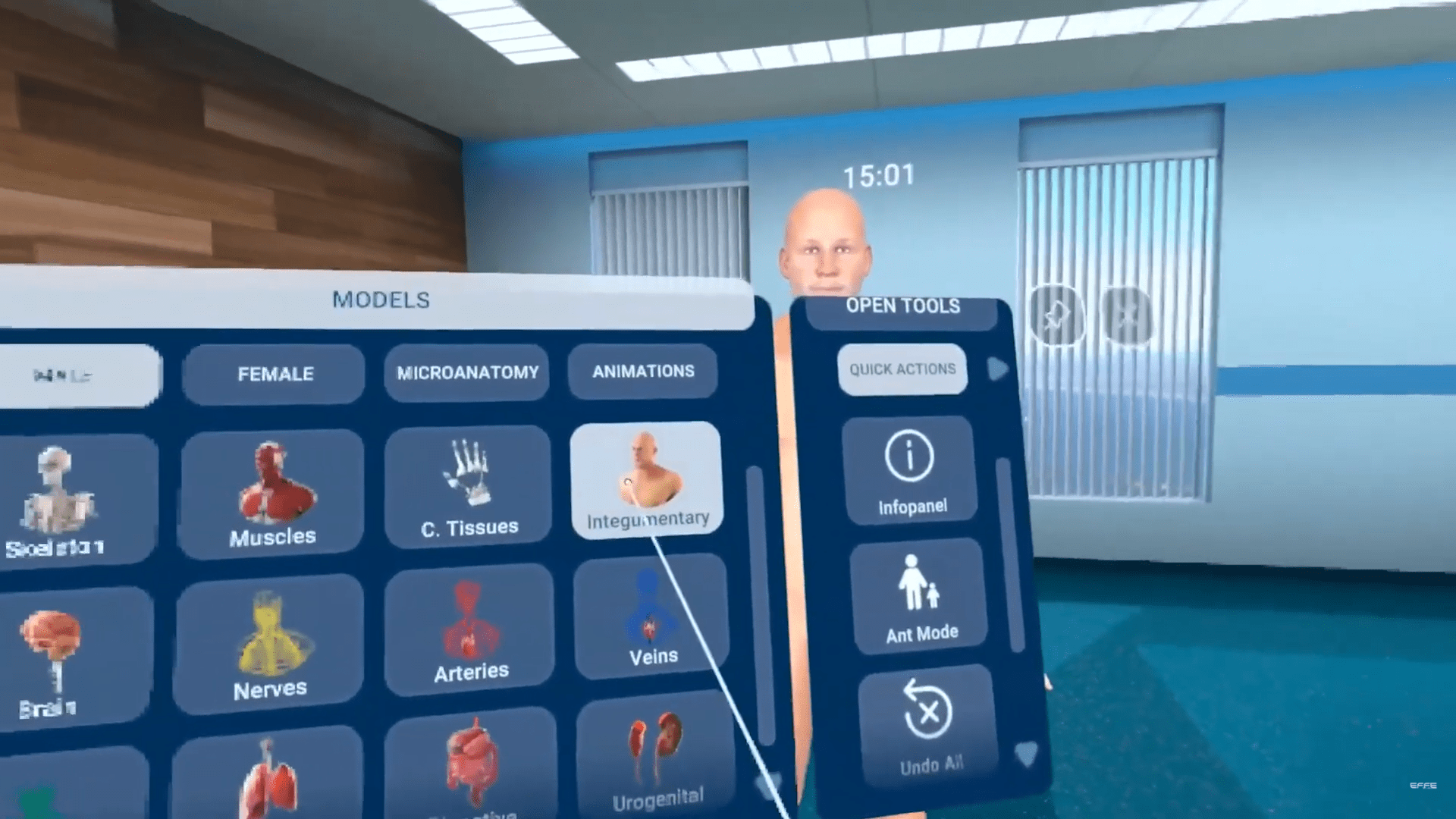
Deliverables and Client Benefits
Deliverables:
- A VR Human Anatomy application with accurate 3D anatomical models and interactive features.
- Compatibility with VR headsets and desktop systems, supporting various teaching setups.
- A user-friendly guide to maximize adoption and effective usage.
Client Benefits:
• Enhanced Learning: Students experienced a more engaging and hands-on approach to understanding anatomy, leading to better knowledge retention.
• Cost Savings: Eliminated the need for expensive physical models and cadaver-based teaching materials.
• Accessibility: Remote access enabled students to explore anatomy from anywhere, fostering a flexible and inclusive learning environment.
• Practical Skills: The interactive, realistic environment helped bridge the gap between theoretical learning and real-world application, preparing students for clinical scenarios.
• Institutional Value: The institution positioned itself as a leader in medical education by adopting innovative VR Human Anatomy solutions, attracting new students and faculty.
Conclusion
EFFE Technology’s VR Human Anatomy solution showcases how technology can elevate education to unprecedented levels. By merging cutting-edge VR capabilities with detailed medical content, the project delivered a revolutionary tool that meets the needs of modern learners and educators alike. This solution not only enhances knowledge acquisition but also sets a new benchmark for interactive, immersive education in the medical field.

